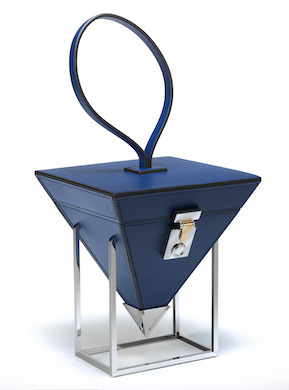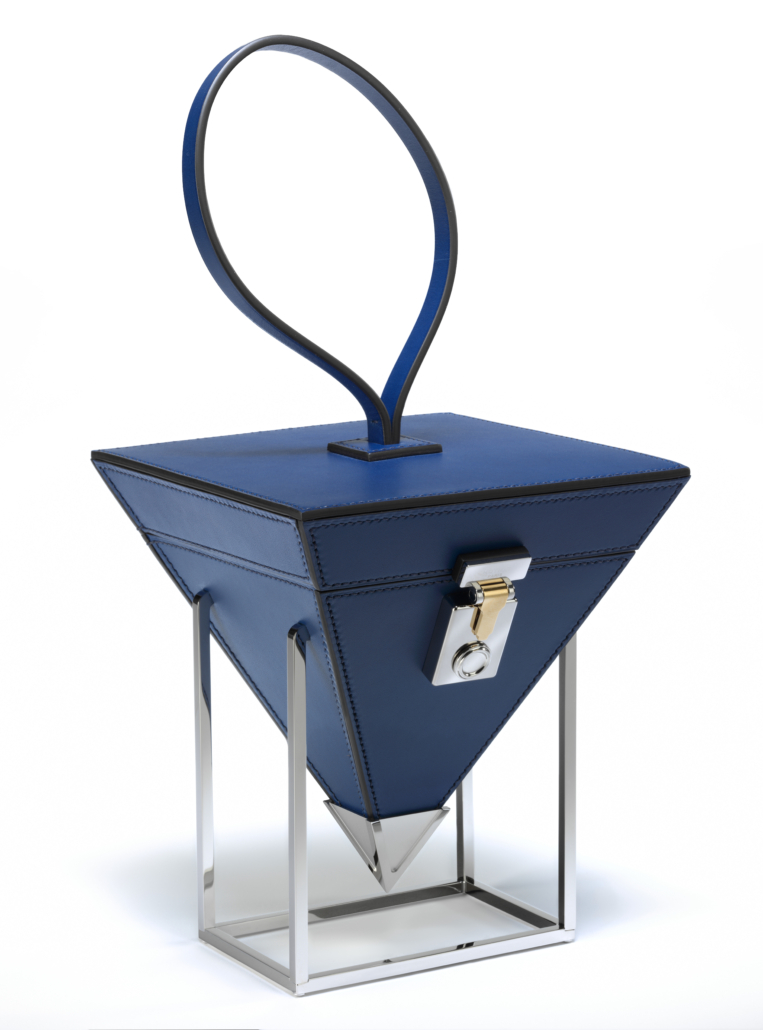
Moynat Mini Pyramide Gravity Bag, 2019. France (c) Victoria and Albert Museum, London
LONDON – Bags: Inside Out is the UK’s most comprehensive exhibition dedicated to the ultimate accessory. From designer handbags to despatch boxes, vanity cases to military rucksacks, the exhibition explores our longstanding fascination with the bag. The show opened at the V&A in fall of 202o and has been extended multiple times, but it looks set to end on January 16, 2022.
Featuring innovative designs from Mulberry to Karl Lagerfeld, bags carried by Jane Birkin to Sarah Jessica Parker, the heritage of Hermes to the streetwear of Off-White, and an exclusive look inside the world of the factory and atelier; Bags: Inside Out provides an unprecedented look at this global obsession.
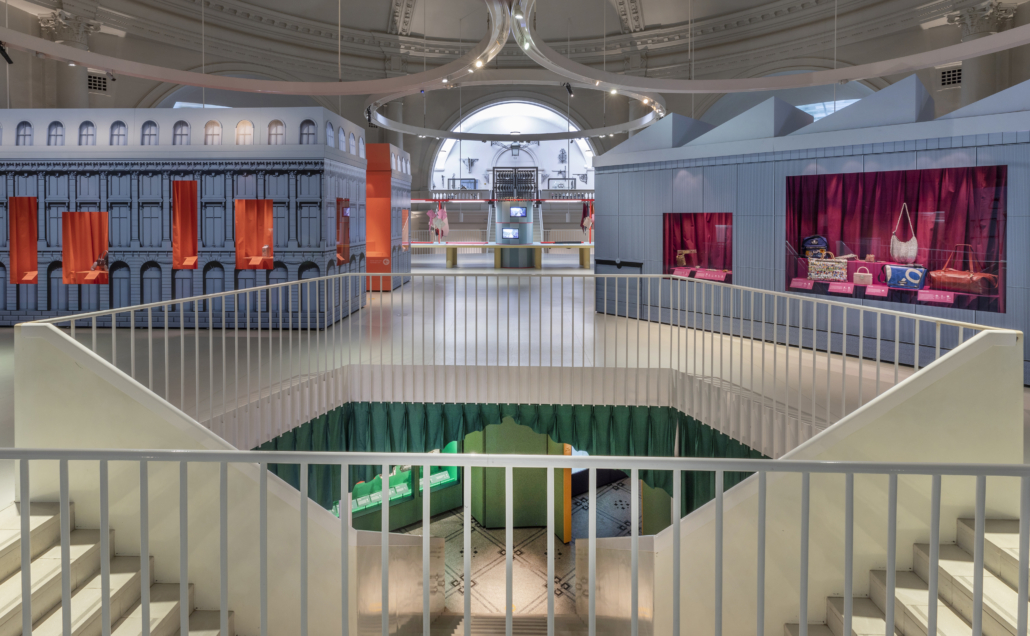
Often projecting bold statements to the outside world while concealing our most treasured belongings, the exhibition explores the function, status and craftsmanship of bags. Examined through around 300 objects varying in scale from tiny purses held on a fingertip to luxurious travel trunks, this thematic exhibition explores the worldwide heritage of these highly covetable objects from the 16th century to today.
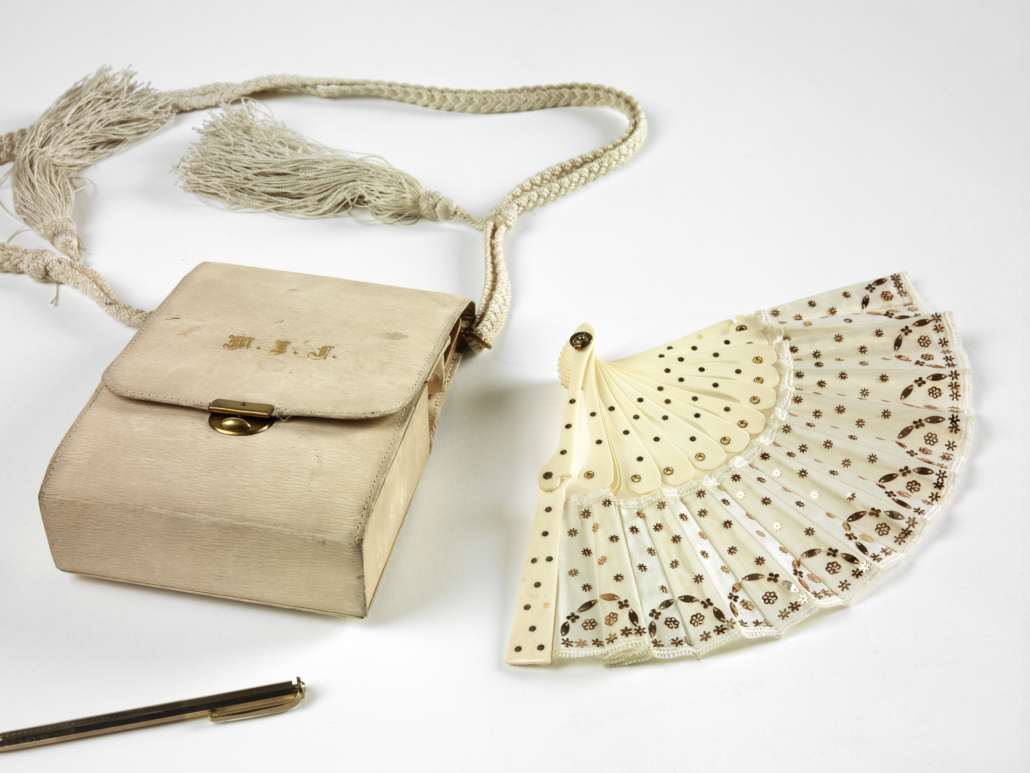
The first section of the exhibition on Function and Utility examines bags as practical objects designed to hold our belongings. From holiday outfits to confidential documents, make-up to money and even gas masks, the design and materials of our bags often reflect their intended purpose as functional objects.
Items on show include a large embroidered burse used to protect the silver matrix of Elizabeth I’s Great Seal of England, a gas mask bag owned by HRH Queen Mary during the Second World War, Winston Churchill’s red despatch box and Vivien Leigh’s attache case. A striking Louis Vuitton trunk from the early 1900s embodies how modes of transport throughout history have influenced the changing shape of luggage. Once belonging to the American socialite Emilie Grigsby, an extensive conservation and research project helped to bring the trunk back to life with its labels and markings revealing a hidden history of its travels on the world’s great ocean liners.
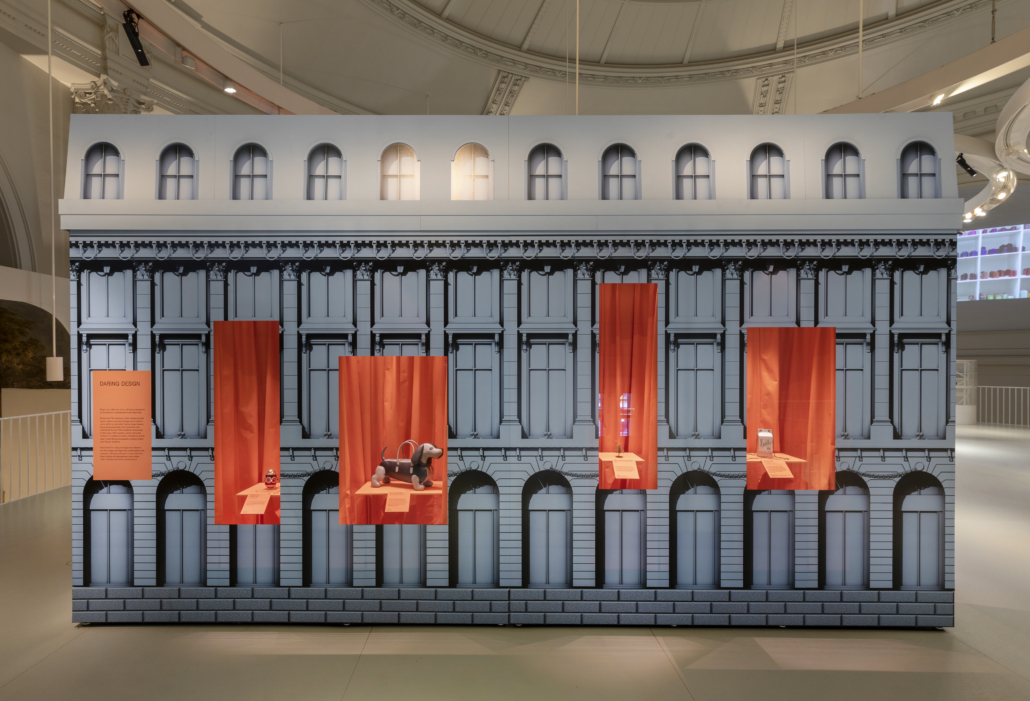
The second of the three exhibition sections, Status and Identity, looks at the central role of the bag in celebrity culture as well as its notoriety among the political and societal elite. Featuring a Hermes ‘Kelly’ named in honour of Grace Kelly and a Lady Dior handbag named after Princess Diana, the exhibition explores the powerful and influential world of celebrity endorsement. The first- ever made Hermes Birkin bag owned by actress and singer Jane Birkin takes centre stage – a bag that became one of the most sought-after and celebrated handbags of the 20th and 21st century. Bearing her initials, the namesake bag was heavily used by the star and shows residue of adhesive from the stickers she liked to apply to it.
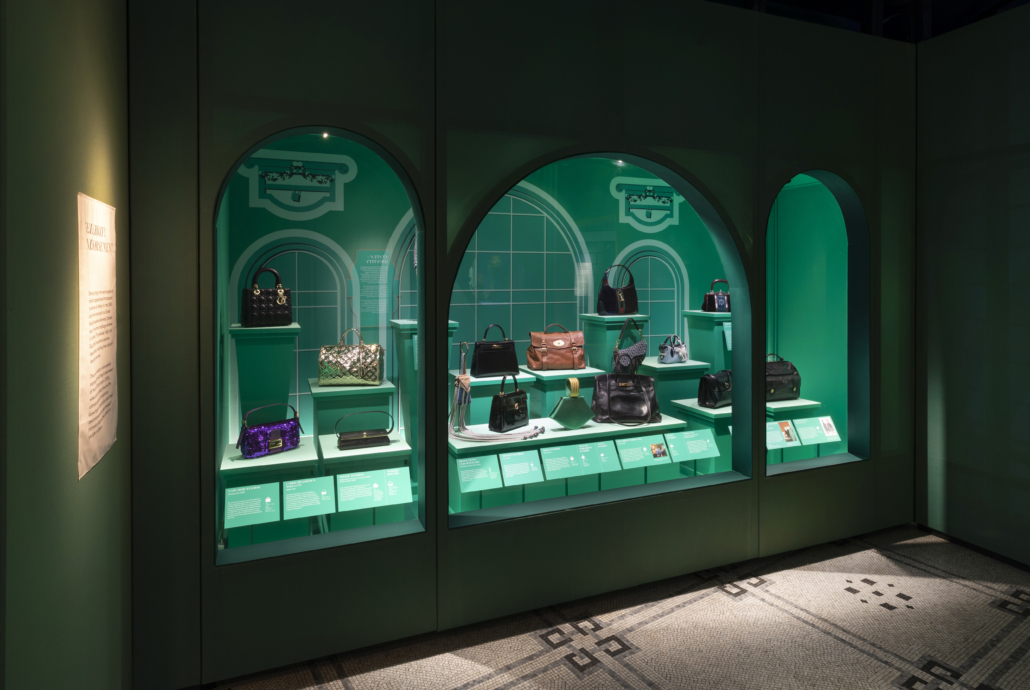
Fuelling the ‘It bag’ phenomenon beginning in the late 1990s and early 2000s, celebrity association has helped to drive luxury bag sales and see certain designs reach icon status in popular culture. The Fendi Baguette bag worn by and stolen from Sarah Jessica Parker as Carrie Bradshaw in one of Sex and the City’s most famous scenes sits alongside a gold Louis Vuitton Monogram Miroir Speedy bag by Marc Jacobs popularized by Paris Hilton and Kim Kardashian. Timeless and covetable Mulberry Bayswater and Alexa bags also feature. Designed by Nicholas Knightly and owned by Kate Moss, the Bayswater in the exhibition unites the very best of Mulberry’s craft skills and heritage influences. The Alexa on loan from Alexa Chung was launched in 2010 and was inspired by the British style icon who was often photographed carrying a well-loved Mulberry Elkington satchel. The Alexa played a key role in the revival of the ‘It Bag’ and quickly became one of the most sought-after bags of a generation.
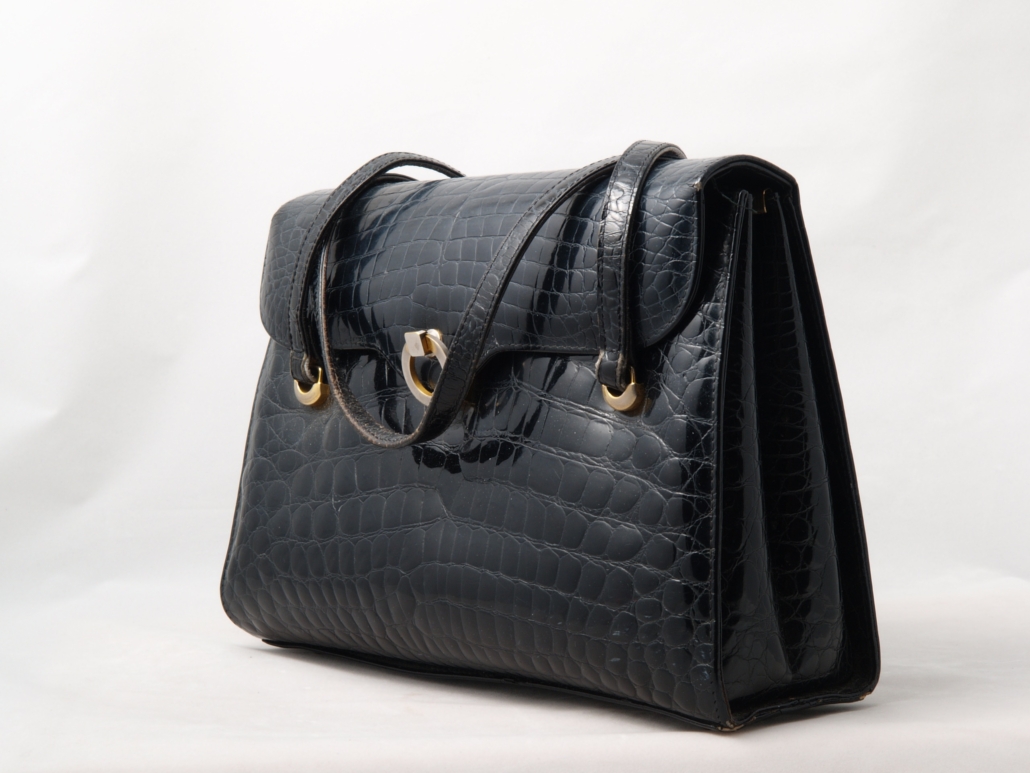
The wardrobe of Margaret Thatcher acted as her suit of armor and her handbag was essential to the image of the ‘Iron Lady’. Thatcher’s handbag is one of the leading examples of the bag as a symbol of power.
The use of bags as a blank canvas for slogans, personal statements and political messages and their role as a public platform to share beliefs and convictions are represented through objects including an anti-slavery work bag from 1825, the I am NOT a Plastic Bag tote by Anya Hindmarch and a My Body My Business handbag by artist and activist Michele Pred.
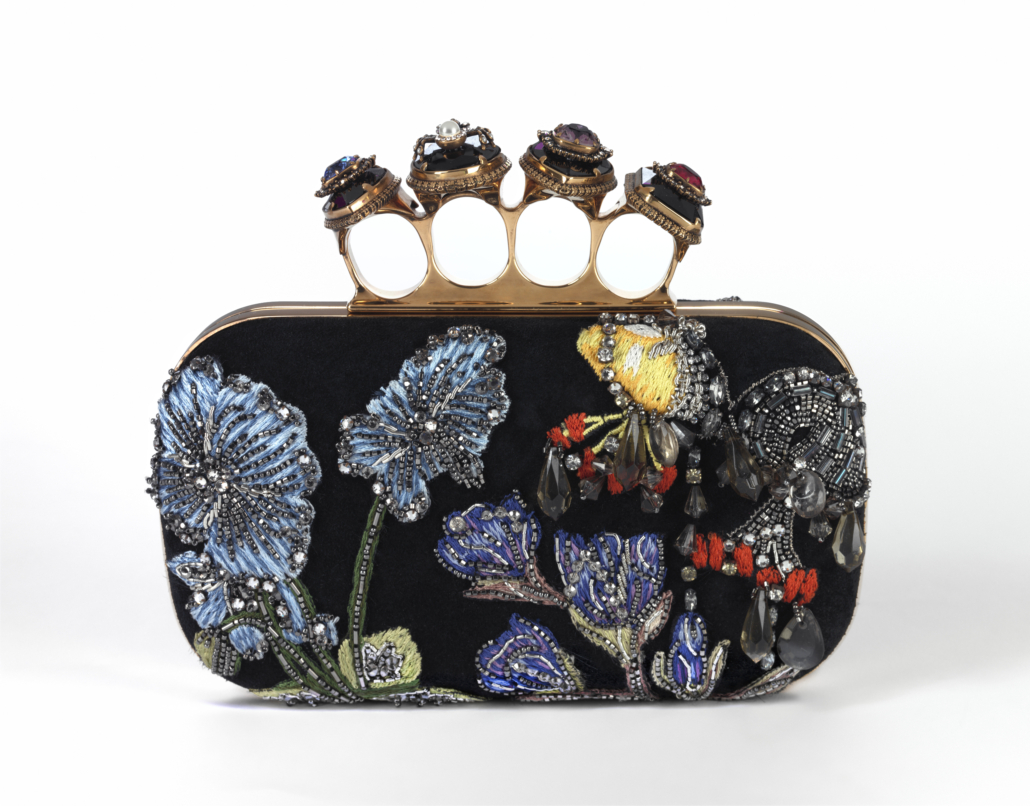
The final section looks at the Design and Making process from sketch to sample, sewing to selling. With material specialists stationed in different locations around the world and skills passed down within century-old fashion houses, this section lifts the lid of the ingenuity employed by leading brands. A ‘makers’ table’ allows visitors to get up close and personal with bag making processes and materials alongside newly commissioned interviews with designers and makers. Sketches, samples and prototypes from international fashion houses and the UK luxury brand Mulberry show the innovative early stages of the design process. An insight into the skilled work of shaping bags includes examples of intricate craftmanship employed on a 17th-century silver filigree heart-shaped purse and a 19th-century letter case decorated with exquisite straw embroidery.
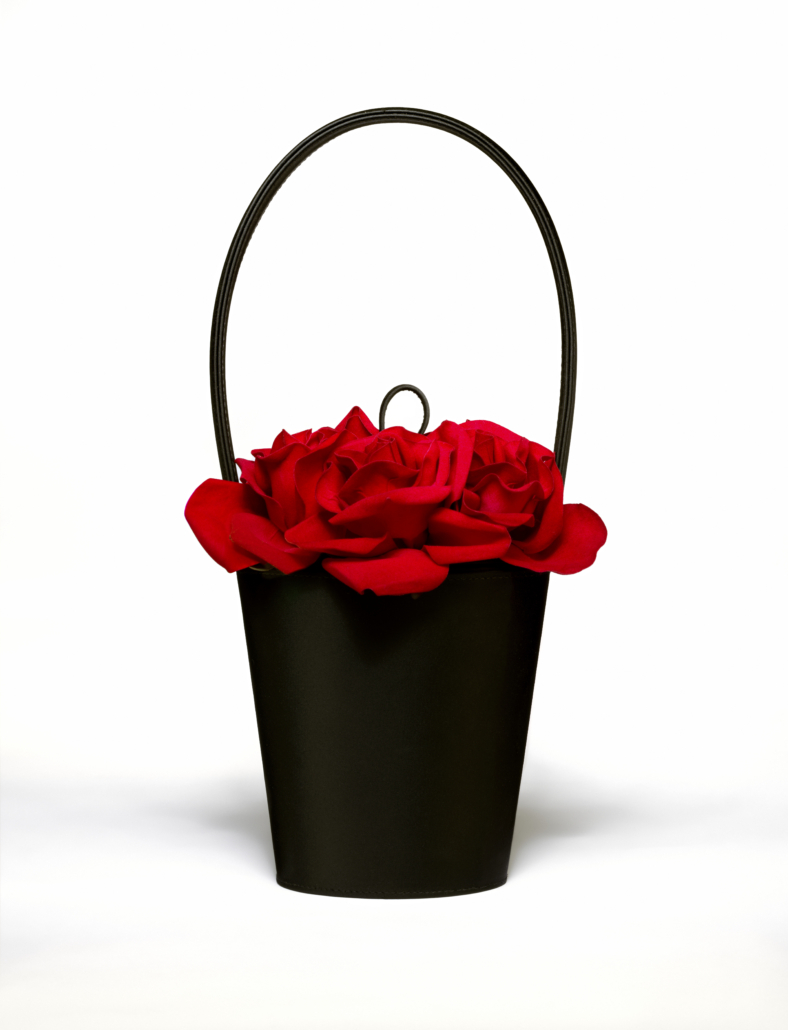
Explored through the design process, this section examines the experimental forms created by designers and the bag’s role as an object of whimsical subversion as well as an opportunity for artistic collaboration. A 17th-century purse in the shape of a frog, a playful Florist’s Basket by Lulu Guinness, Thom Browne’s handbag in the form of his dog Hector and a Chanel bag transformed into a milk carton explore the surrealism and humor evoked through accessories.
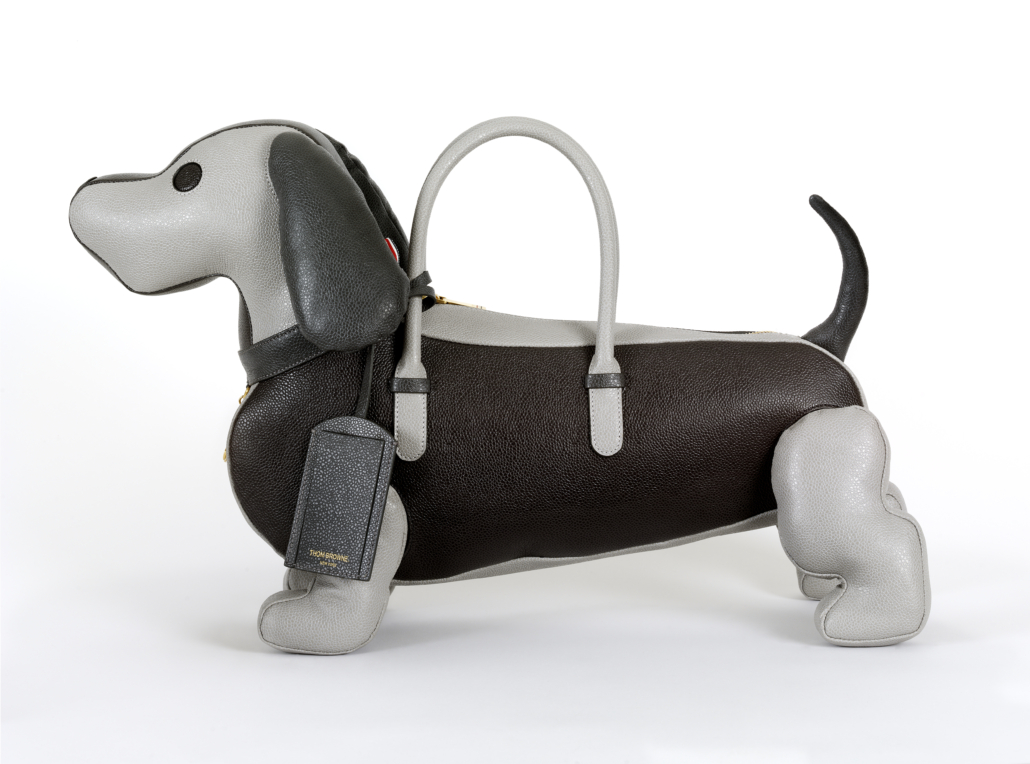
Thom Browne Hector Handbag, Autumn-Winter 2019. USA (c) Victoria and Albert Museum, London
A hotbed for collaboration, the bag offers an opportunity for experimentation and statement designs. Collaborations between fashion designers, artists and architects have resulted in innovative and often limited-edition collections such as Prada’s nylon bag reinvented by Japanese architect Kazuyo Sejima, Valextra’s collaboration with Bethan Laura Wood and the International Woman suitcase by Tracey Emin for Longchamp.
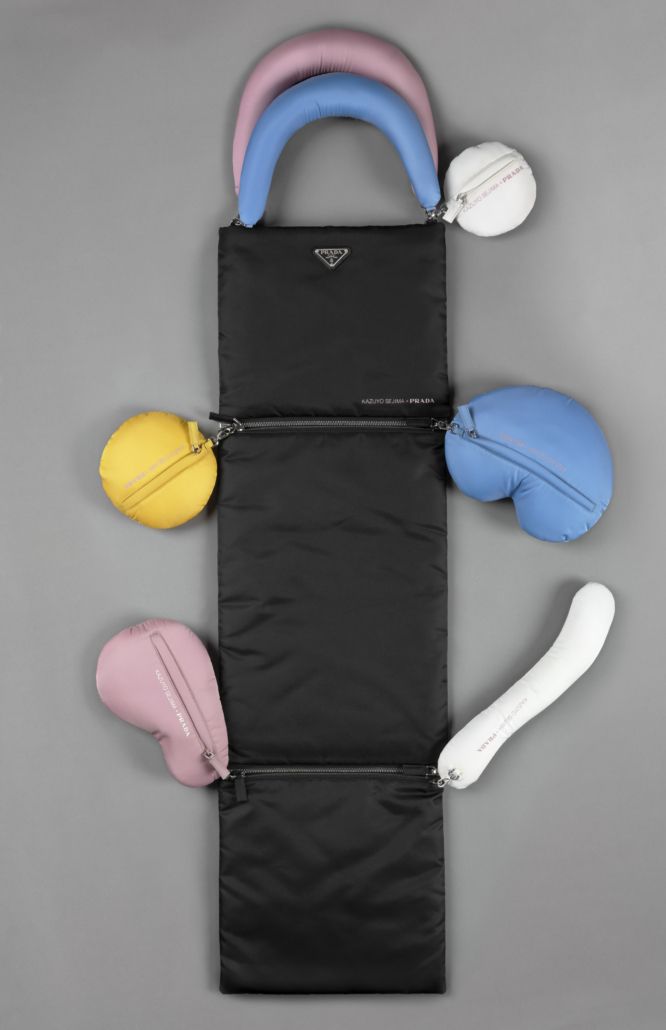
A look to the future finishes the exhibition with designers experimenting with innovative and environmentally sustainable materials including a Stella McCartney backpack made from recycled ocean plastic waste and a bag crafted from decommissioned fire hoses by Elvis and Kresse.
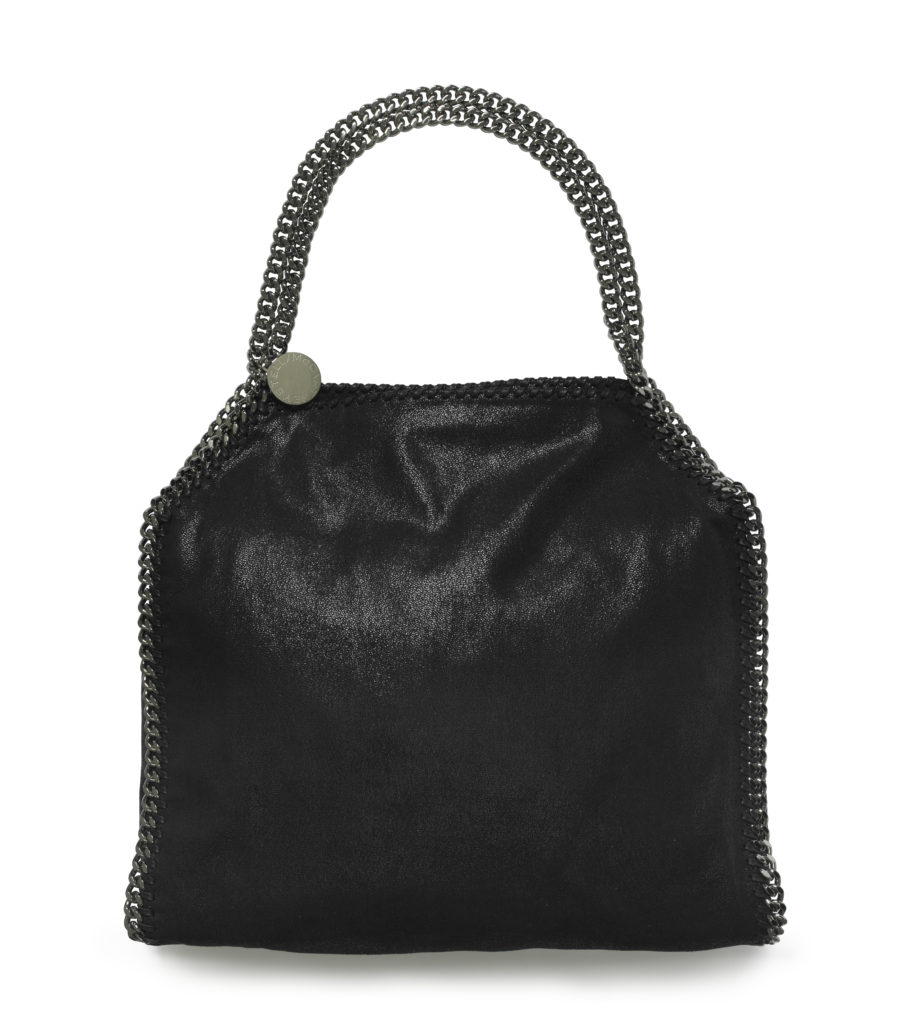
Dr. Lucia Savi, curator of Bags: Inside Out at the V&A, said: “From a lavish 16th-century burse made for royalty to the everyday tote bag, this exhibition offers an understanding and insight into the function, status, design and making of bags across the world and throughout history. These portable, yet functional accessories have long fascinated men and women with their dual nature that combines private and public. By exploring their continuing importance in our lives and as part of the history of design the exhibition highlights the V&A’s mission to illuminate the past and inspire designers of the future.”
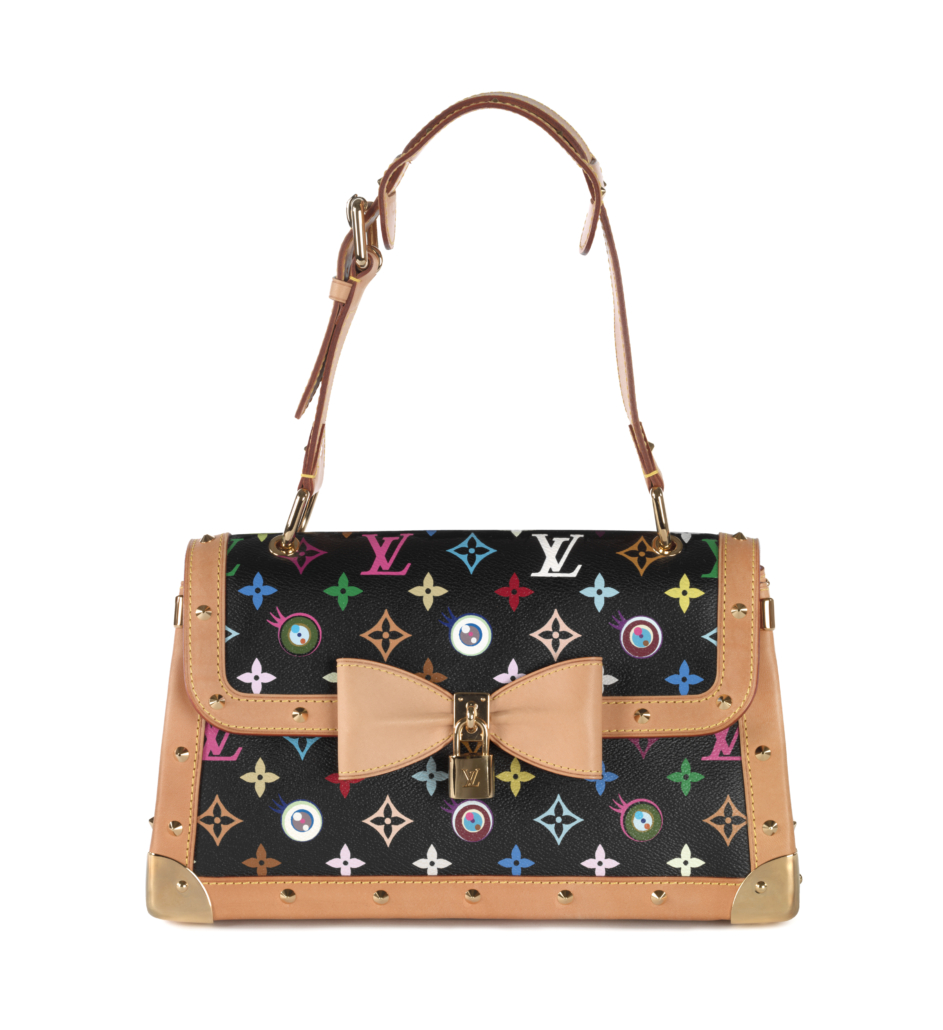
Thierry Andretta, Mulberry CEO said: “As the largest luxury leather goods designer and maker in the UK, bags have always been our passion. We are pleased to support this wonderful V&A exhibition that explores the unique status of these objects in our lives. Bags can be functional and beautiful, public and private; they carry cultural and personal meaning as well as our belongings and they are iconic pieces of design, worth celebrating in their own right.”
Visit the website of the V&A and see its dedicated page for Bags: Inside Out.


